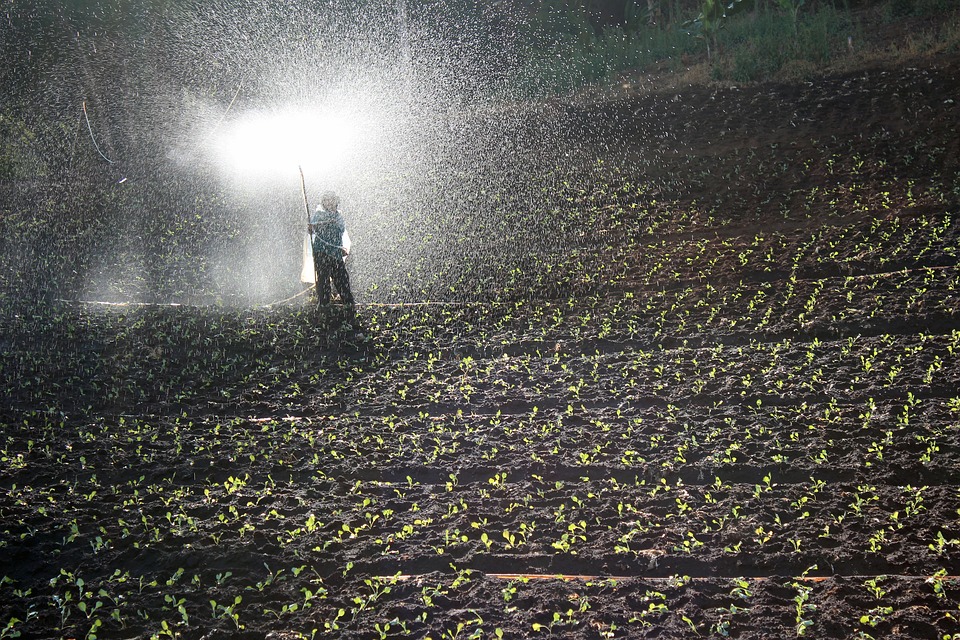“Some of the major issues of the world can be tackled by inclusive farming,” said Manoj Solanki, Farmer at ‘Chintan Farms’, Shri Ram Krushna Trust.
Agriculture is connected to every aspect of life. This is because it is in the centre of nature’s life and the food cycle. Too much unnatural interference in it disturbs this cycle leading to problems in the ecosystem.
Chemical fertilisers are pesticides are extremely popular in the agriculture industry today. The farmers who are in direct contact with them, have started to see the poisonous effects of them in their health, soil and environment. On top of that, these substances are making the farmers poorer than ever. Punjab, the agriculture capital of India has suffered the most because of these chemicals.
The TDS level and pH in water determines its usability for various purposes. By using water with higher TDS for agriculture, the plant will not grow very healthily. Water with higher TDS can damage a seed in its germination period, reducing the germination rate of seeds and reducing the yield. The increased amount of TDS can be caused because of the presence of salty substances in the water. Urea, the most popular chemical fertiliser is 46% Nitrogen and 54% salt. By using that, on the soil, we contribute to an increasing level of TDS in water.
pH determines if the water is alkaline or acidic. Too high or too low pH level in the water can deprive the plants of the nutrients available in the soil. High pH confines the mineral nutrients such as iron, zinc and manganese to the soil and does not let plants to consume them. A low pH can destroy them altogether, making it unavailable for plants altogether. Use of pesticides and chemical fertilisers can disturb the natural pH scale of water.
When this contaminated water is used for agriculture, it drains down contaminating the whole of the groundwater as well. It then enters in the life cycle, causing more and more destruction.
This article is part of a series on Organic and Inclusive Agriculture practices.
Thank you for reading the story until the very end. We appreciate the time you have given us. In addition, your thoughts and inputs will genuinely make a difference to us. Please do drop in a line and help us do better.
Regards,
The CSR Journal Team


